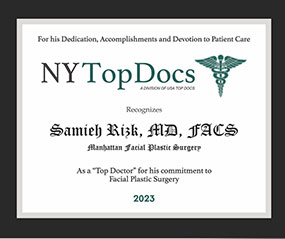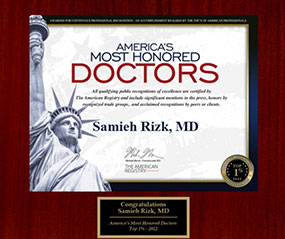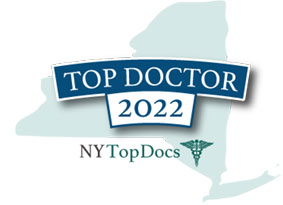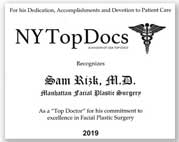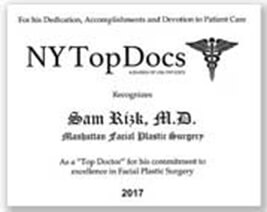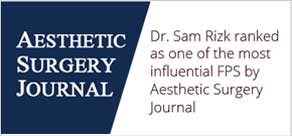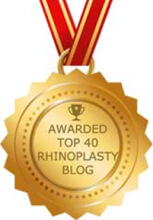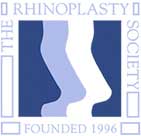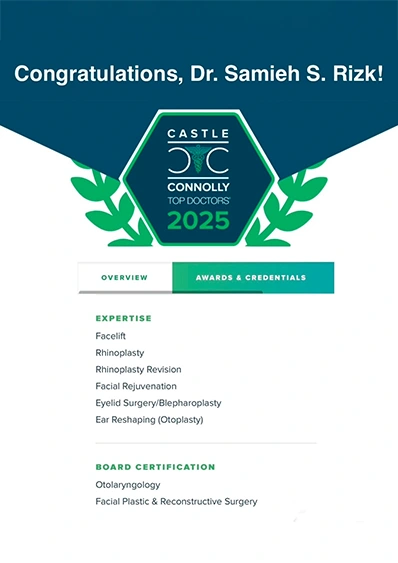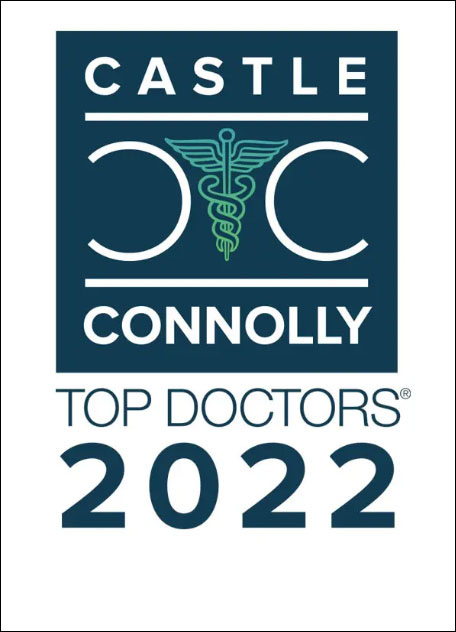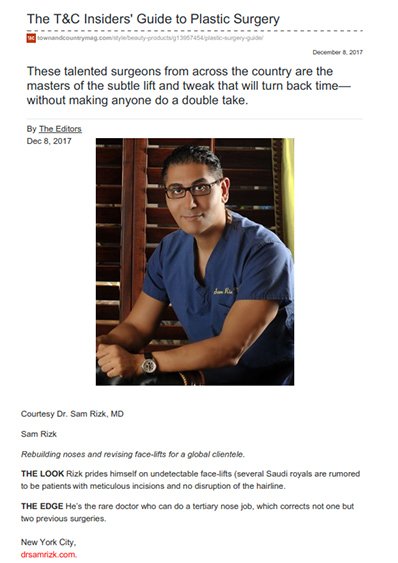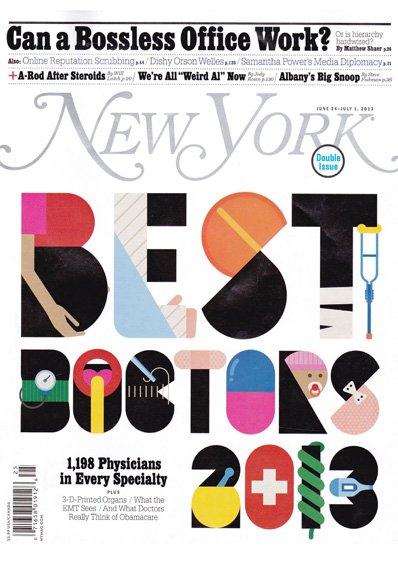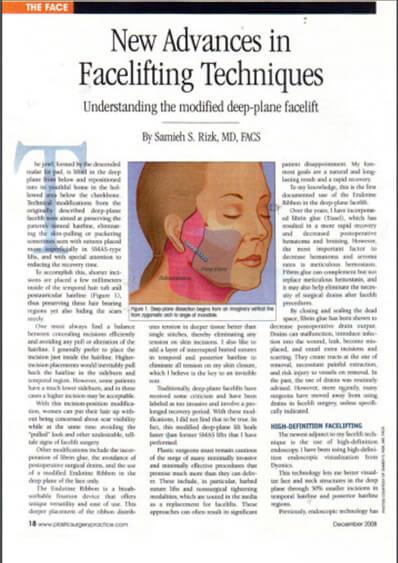Did you know that just like fingerprints, every person’s nose is distinct and unmatched? Although we all share the same fundamental nose structure, it’s these individual quirks that make our nose truly one-of-a-kind! Dr. Sam Rizk, Top NYC Rhinoplasty Surgeon, explains the importance of understanding the nose’s unique anatomy for best rhinoplasty results.
Rhinoplasty Is the Art of Restructuring the Nose
Rhinoplasty surgeons need to understand the anatomy of the nose1 in order to create a pleasing aesthetic look and structure that will be both anatomically sound and aesthetically pleasing. This page will provide an overview of the different parts of the nose, so that you can be informed about what goes into a rhinoplasty surgery. We hope that this will help you feel more confident and comfortable with your decision to undergo rhinoplasty. Keep reading for a deeper look at the anatomy of the nose.
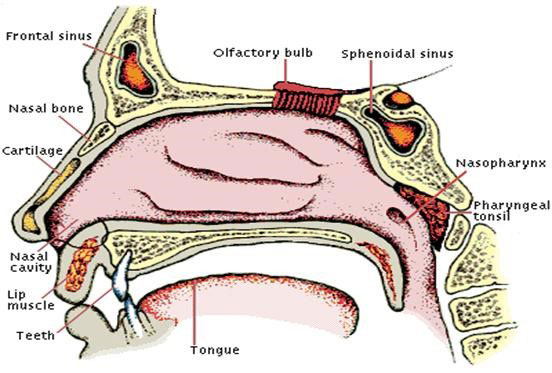
Overview of the Parts of the Nose
Nasal Bones
Knowing what your nose is made of can be a fascinating journey in itself; bones are an integral part of the human body, each providing something essential for fulfilling life functions. When it comes to the nose specifically, the nasal bones2, ethmoid bone and vomer help to give structure to the face and keep its shape. Furthermore, these three unique bones each come with a set of other benefits too; for instance, the nasal bones protect our eyes and face from airborne particles while aiding in scent detection by providing openings into our nasal cavity.
Nose Cartilage
Cartilage forms the bridge and gives our nose its signature shape. Without this tissue, we wouldn’t be able to enjoy the diversity of scents that make up our day-to-day life. Beyond scent, we should also recognize the resilience of cartilage – even a small nose can shrug off some fairly hefty impacts without becoming misshapen! Cartilage is instrumental in providing us with our signature noses.
Muscles of the Nose
The muscles of the nose3 are also just as important for defining our noses – without them, we wouldn’t be able to make facial expressions or even grasp objects. There are three main muscles that help aid in the functioning of our noses; levator labii superioris alaeque nasi, procerus and depressor septi. By understanding more about each of these muscles and how they work together, expert rhinoplasty surgeons like Dr. Rizk can create a tailored experience when it comes to refining and amplifying nose shape.
Nerves of the Nose
The nerves of the nose also play an interesting role in giving us an enhanced sense of smell. These are called olfactory nerves4, and they connect with our brains to send signals about scents that we detect. It’s fascinating how tiny nuances can be detected by such small structures – something an expert rhinoplasty surgeon should be knowledgeable in to ensure utmost safety and success with operations.
Nasal Cavity
Although the nostrils may appear to be small and insignificant, they are actually quite powerful. Through them pass a passageway known as the nasal cavity, connecting directly to the inside of the nose. This process enables us to absorb essential oxygen with every breath we take and even helps us filter out dusty particles so that foreign bodies do not enter our respiratory system. The nasal cavity also has a hand in helping us pick up different smells, allowing us to detect fragrances or warning signs from scents like smoke or gas. By recognizing this significance, we can appreciate our nose’s important job and help protect it by avoiding contact with polluted air contaminants.
Mucous Membranes
The nasal cavity is essential in keeping us healthy, as it traps harmful particles like dust and prevents them from entering deeper parts of the respiratory system. The mucous membranes lining the nasal cavity make this process easier. They also help keep our airway moist, which is important for comfortable breathing. Although the process of trapping particles may be invisible to us, it is an incredibly important part of our anatomy and should be taken seriously. Keeping those nasal passages clean and clear is not only beneficial to us but ultimately contributes to better overall health.
Hair Follicles
Our noses are truly remarkable organs; their intricate design helps us to do far more than merely smell the world around us. Inside each of our noses lies millions of microscopic hair follicles, which act as a physical filter against microorganisms, dust, and other irritants from entering our bodies. This seemingly insignificant defense system works as a powerful shield against foreign particles that have the potential to cause serious respiratory issues if left unchecked. Without the protection of these hair follicles, we would be excessively vulnerable to infection and illness. Therefore it is essential that we maintain these delicate barriers to minimize health risks due to air pollution and environmental irritants.
Anatomy of the External Nose
Bridge/Dorsum
The bridge or dorsum of the nose is defined by two main structures, the nasal bones and cartilage. The nasal bones form the upper central portion of the nose, while the cartilage provides support to the front and sides of it. These structures define our noses’ shape and size – so understanding them better can help us appreciate why patients may want to undergo rhinoplasty.
Nasal Tip
The nasal tip is the most visible part of the nose and is made up of two tri-dimensional structures, the medial crura and lateral crus. The shape of these can be altered with a variety of techniques to make it look more delicate, angular or even upturned. Depending on the technique used, rhinoplasty can also reduce or increase the size of the nasal tip to create a nose that is more aesthetically pleasing.
Alar Rim
Finally, there are the alar rims – two curved structures located at the base of each nostril. In some cases, these may appear too wide or asymmetrical, which can be changed through rhinoplasty. By making small adjustments to the alar rims, a surgeon can improve the overall harmony in the nose-face relationship for a more balanced appearance.
Nostrils/Alae
The nostrils or alae are the two openings at the sides of the nose that allow air to enter. During rhinoplasty, these can be manipulated by altering the alar rims. This is done to create a more desirable shape and size for an individual’s face.
Septum
The septum is the center of the nose, separating its two nasal cavities. If a person’s septum is deviated or crooked, this can be corrected through septoplasty for improved breathing and overall facial symmetry.
Columella
The columella is the small strip of tissue that connects the nasal septum to the upper lip. It can be reshaped or augmented with rhinoplasty to enhance its overall appearance.
Anatomy of the Internal Nose
Nasal Cavities
The nasal cavities are the two air passages inside each nostril. These can be narrow, wide or asymmetrical, due to factors such as previous trauma or allergies. A rhinoplasty specialist can reshape these passageways to improve airflow and reduce any associated symptoms.
Conchae/Turbinates
The conchae, or turbinates, are two curved bones located in the nasal cavities. They divide the nasal cavity into three passages and play an important role in the filtration of air breathed in through the nose. These structures can be reshaped to improve airflow and reduce congestion.
Vomer Bone
The vomer bone is a thin, flat bone that separates the nasal cavities. It plays an important role in proper breathing and can be modified to correct any septal deviation or crookedness.
Inferior Turbinate
The inferior turbinate is the most prominent of the conchae and is located in the lower area of each nasal cavity. It can be enlarged due to allergies, injury or infection. To correct this, it may need to be reduced in size with a rhinoplasty procedure.
Nasal Septum
The nasal septum is the central wall inside each nostril that divides them into two passages. It’s made up of the vomer bone and two cartilages, and can become deviated or crooked due to trauma, chronic allergies or congenital deformity. To correct this, a septoplasty procedure can be used to straighten the septum without affecting the external cosmetic appearance of the nose.
Nasal Mucosa
The nasal mucosa is a thin layer of tissue that lines the inner part of the nose. It helps to keep air moist by secreting mucus, which protects against allergens and dust particles. Rhinoplasty procedures can be used to improve breathing by restoring the natural curvature of this delicate membrane.
Paranasal Sinuses
The paranasal sinuses are four hollow cavities located near the nasal passages. They help to filter and humidify the air that’s breathed in through the nose. Rhinoplasty can be used to reduce any obstruction in these cavities, which can improve breathing and reduce congestion.
Nasolacrimal Duct
The nasolacrimal duct5 is a small tube that connects the corner of each eye to the nasal cavity. It carries tears away from the eye and into the nose, where they are eventually drained into the throat. Rhinoplasty can be used to correct any obstruction in this tube, allowing for improved drainage of tears.
Nose Shapes and Rhinoplasty
The external features of the nose depend upon the underlying bones and cartilage. The unique form of your nose is determined by the structure and contours of its bones. There are 6 common nose shapes:
- Roman or aquiline
- Greek or straight
- Hawk
- Snub
- Nubian
- Turn up
The anatomy of the nose is complex and multi-faceted, with many components working in unison to provide optimal function and aesthetics. Rhinoplasty can be used to change the shape of the nose by reshaping or augmenting its underlying structures. Rhinoplasty is one of the most common plastic surgery procedures used today, as it can be tailored to correct any number of issues related to the internal and external nose. The procedure can also be used to reduce any bumps or ridges that might be present on the bridge of the nose. By addressing the underlying anatomical issues, rhinoplasty can help improve breathing, reduce congestion and enhance the overall appearance of an individual’s face.
At the same time, rhinoplasty can also be used to reshape the external look of the nose. By manipulating different parts of the nasal structure, such as the cartilage, septum and other soft tissues, doctors can sculpt a more aesthetically pleasing appearance. A rhinoplasty surgeon like Dr. Sam Rizk changes the shape of your nose by modifying or reducing the size or shape of the nasal cartilages and bones, transforming it into an aesthetically brilliant and highly functional masterpiece. Cartilage may be harvested from your nasal septum, your ear, or a rib if you need extra cartilage to replace or augment an injured or depressed area. Cartilage may be useful in improving the shape of your nasal tip.
With an understanding of each component’s interplay in the functioning of the nose, surgeons can adjust the size and shape to achieve a more symmetrical result. Rhinoplasty is thus an excellent way to help patients make changes they’ve always wanted while improving breathing and overall health. Especially when you work with an experienced rhinoplasty surgeon like Dr. Rizk. Schedule your appointment to work with New York’s preferred nose job expert!
Awards & Certifications
Conclusion
The nose is a truly remarkable and fundamental organ for our health and everyday life. From its cartilage structure, to the nasal cavity and hair follicles within; each component plays an important role in keeping us safe from potentially harmful airborne particles. By recognizing and appreciating the intricacies of our nose, we can begin to understand how delicate this organ is and why it needs protecting. By taking care of our noses, we can ensure that their unique design continues to serve us for many years to come.
Dr. Rizk in the Media
References
1 Cleveland Clinic. Nose – Function | Anatomy | Conditions and Disorders | Care | Frequently Asked Questions. Available: https://my.clevelandclinic.org/health/body/21778-nose.
2 MAYO CLINIC. Locations of the nasal bone and cartilage. Available: https://www.mayoclinic.org/tests-procedures/rhinoplasty/multimedia/locations-of-the-nasal-bone-and-cartilage/img-20007155.
3 Cleveland Clinic. Facial Muscles – Function | Anatomy | Conditions and Disorders | Care | Frequently Asked Questions. Available: https://my.clevelandclinic.org/health/body/21672-facial-muscles.
4 Cleveland Clinic. Olfactory Nerve – Function | Anatomy | Conditions and Disorders | Care | Frequently Asked Questions. Available: https://my.clevelandclinic.org/health/body/23081-olfactory-nerve.
5 Megan L. Cochran; Sanah Aslam; Craig N. Czyz. Anatomy, Head and Neck, Eye Nasolacrimal. Available: https://www.ncbi.nlm.nih.gov/books/NBK482213/.

By Dr. Sam S. Rizk, M.D., FACS.
Dr. Rizk is a double board-certified facial plastic surgeon who specializes in rhinoplasty surgery and a recognized expert on the latest advances in facial plastic surgery techniques. He performs a range of facial plastic surgeries at his New York practice.

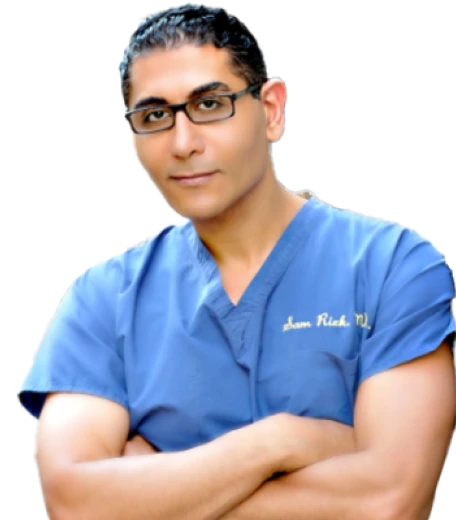
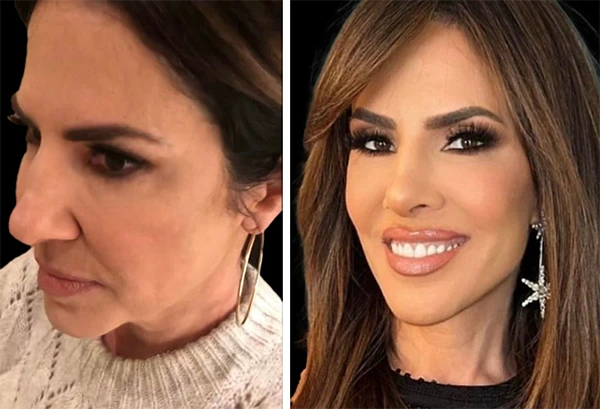
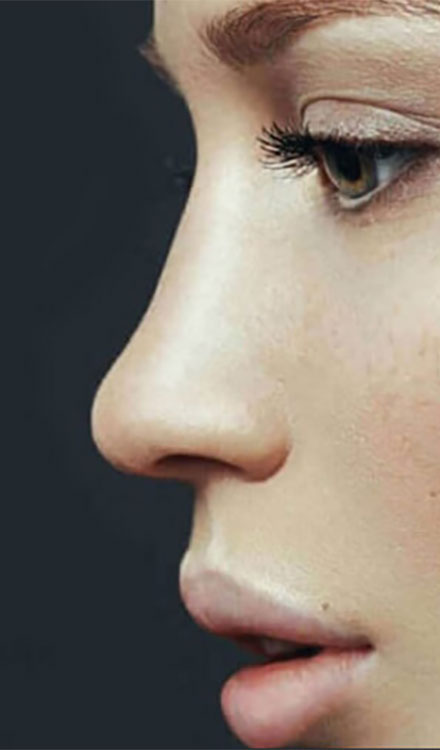
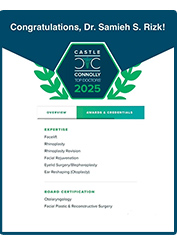
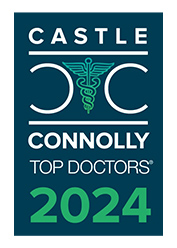

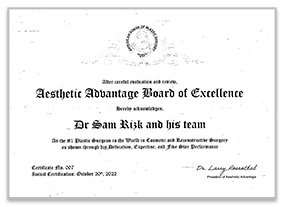
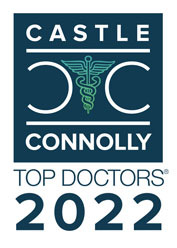

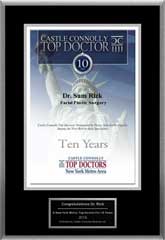
2.jpg)
